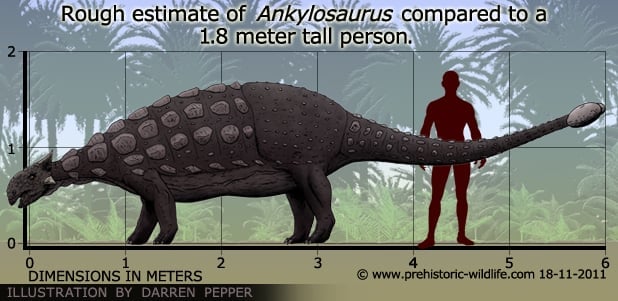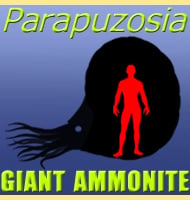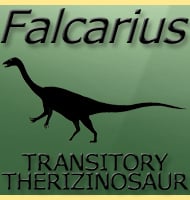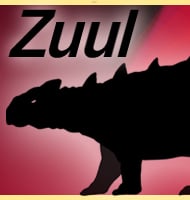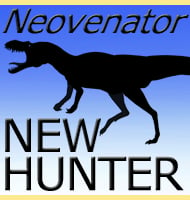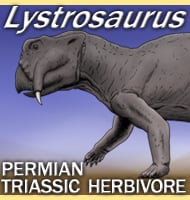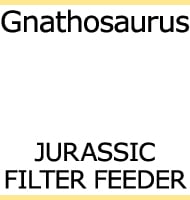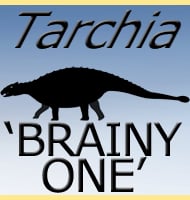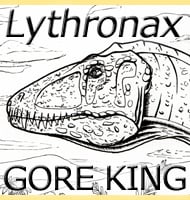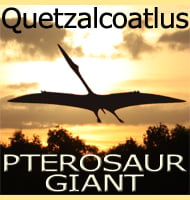In Depth
It is something of a paradox that one of the most popular dinosaurs of all time is understood by some of the most incomplete fossil remains. What can be gleaned from the available fossil material is that Ankylosaurus was one of if not the largest of the group. The incomplete fossil evidence however has meant that determining the exact size of Ankylosaurus is problematic and will remain so until further, more complete Ankylosaurus remains are discovered.
As a low browser, Ankylosaurus’s mouth was shaped for cropping vegetation with an arrangement of leaf shaped shearing teeth behind. One thing worthy of note is that there were no grinding teeth, suggesting that the mouthful was swallowed for processing in a digestive system developed for un-chewed food.
Analysis of available skull material suggests that Ankylosaurus had an exceptionally well developed sense of smell. This would have been a good adaption to detect potential predatory dinosaurs since as a low browser, Ankylosaurus would quite easily have its vision obscured by vegetation.
Ankylosaurus took armour plating to the extreme, even the eyelids were armoured. Osteoderms ran across its top side and are so extensive they have often been the best preserved parts of the Animal. Particularly large plates covered the shoulder and neck area with smaller pieces in between to allow for movement. Four large horns radiated out from the base of the skull, perhaps to stop large predators like Tyrannosaurus from closing their mouths around its head.
The tail club was composed of several overly large osteoderms fused together with the end vertebrae. Initially conceived as a defence against predators, it’s plausible that it may have been used for territorial combat with rivals.
Further Reading
– The Ankylosauridae, a new family of armored dinosaurs from the Upper Cretaceous. – Bulletin of the American Museum of Natural History 24(12):187-201. – Barnum Brown – 1908. – Redescription of Ankylosaurus magniventris Brown 1908 (Ankylosauridae) from the Upper Cretaceous of the Western Interior of North America. – Canadian Journal of Earth Sciences. 41 (8): 961–86. – K. Carpenter – 2004. – Redescription of Ankylosaurus magniventris Brown 1908 (Ankylosauridae) from the Upper Cretaceous of the Western Interior of North America. – Canadian Journal of Earth Sciences. 41 (8): 961–86. – K. Carpenter – 2004. – Unusual cranial and postcranial anatomy in the archetypal ankylosaur Ankylosaurus magniventris. – FACETS. 2 (2): 764–794. – V. M. Arbour & J. C. Mallon – 2017.
